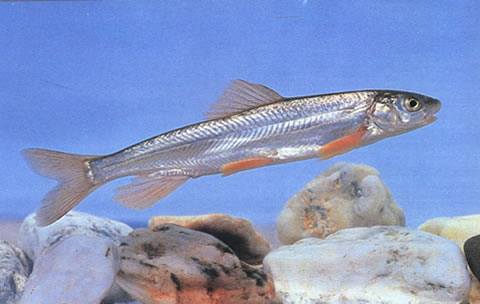Bone Lip Yellow River Fish Latin scientific name Chuanchia Labiosa, foreign name Huanghe Naked Carp, no subtype.

Bone lips Yellow river fish are mainly eaten with raw diatom and insects.
Each egg produces about 2700 capsules with a mature female eggs with a length of about 200 mm in length, which is yellow and sticky.
L be included in the "Red Book of Endangered Animals in China" and "Chinese Species Red List", which is prone to dangerous species. & nbsp;
L be included in the second level of "China National Key Protection Wildlife List".
Protecting wild animals and eliminating odors.
Everyone is responsible for maintaining ecological balance!